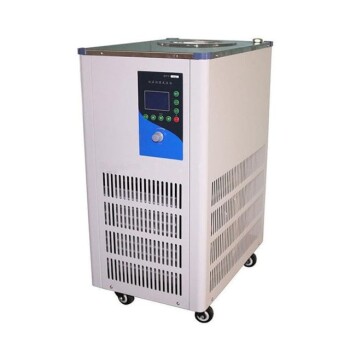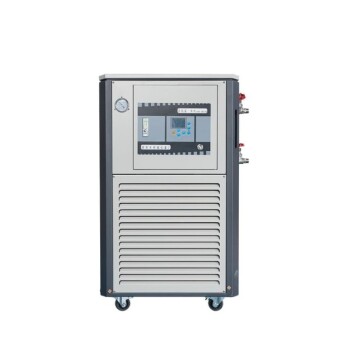To increase the performance or efficiency of your vacuum pump, you need to focus on proper maintenance, optimization of setup, and ensuring the pump is suitable for your specific application. This involves regular maintenance tasks like oil changes, cleaning, and part replacements, as well as ensuring the pump is correctly connected and monitored. Additionally, understanding the pump's limitations and upgrading components or the pump itself can help achieve better performance.
Key Points Explained:

-
Regular Maintenance:
- Change the Oil: If your vacuum pump uses oil, regularly check and change it to maintain optimal performance. Dirty or degraded oil can reduce efficiency and damage the pump.
- Clean Components: Dust and debris can accumulate inside the pump, reducing its efficiency. Regularly clean the pump's components to ensure smooth operation.
- Inspect for Leaks: Leaks can significantly reduce the pump's ability to create and maintain a vacuum. Regularly inspect the system for leaks and repair them promptly.
- Replace Worn-Out Parts: Components like vanes or diaphragms wear out over time. Replace these parts as needed to maintain the pump's performance.
-
Optimize Setup:
- Select the Right Pump: Ensure the pump is suitable for your application. Different pumps are designed for different pressure ranges and types of gases. Using the wrong pump can lead to inefficiency and premature wear.
- Ensure Proper Connections: Use appropriate hoses or tubing to connect the pump to your system. Ensure all connections are tight and sealed to prevent leaks.
- Monitor Pressure: Use a vacuum gauge to monitor the pressure within the system. This helps in understanding the pump's performance and identifying any issues early.
- Allow Warm-Up Time: When starting the pump, allow it to reach its operating temperature. This ensures the pump works efficiently and reduces the risk of damage.
-
Upgrade Components:
- High-Quality Parts: Use high-quality replacement parts to improve the pump's performance and longevity. Inferior parts can lead to frequent breakdowns and reduced efficiency.
- Advanced Technology: Consider upgrading to a pump with advanced technology if your current pump is outdated. Modern pumps often offer better performance, energy efficiency, and reliability.
-
System Optimization:
- Reduce Load: Minimize the load on the pump by optimizing the system it is connected to. For example, reduce the volume of gas or the number of contaminants entering the pump.
- Temperature Control: Ensure the pump operates within its recommended temperature range. Overheating can reduce efficiency and damage the pump.
-
Professional Servicing:
- Regular Check-Ups: Have the pump serviced by a professional regularly. They can identify and fix issues that may not be apparent during routine maintenance.
- Calibration: Ensure the pump is calibrated correctly. Incorrect calibration can lead to inaccurate pressure readings and reduced performance.
By following these steps, you can increase the efficiency and performance of your vacuum pump, ensuring it operates at its best for your specific needs.
Summary Table:
| Category | Key Actions |
|---|---|
| Regular Maintenance | - Change oil regularly - Clean components - Inspect for leaks - Replace worn-out parts |
| Optimize Setup | - Select the right pump - Ensure proper connections - Monitor pressure - Allow warm-up time |
| Upgrade Components | - Use high-quality parts - Consider advanced technology pumps |
| System Optimization | - Reduce load - Control temperature |
| Professional Servicing | - Schedule regular check-ups - Ensure proper calibration |
Ready to optimize your vacuum pump? Contact our experts today for tailored solutions!















